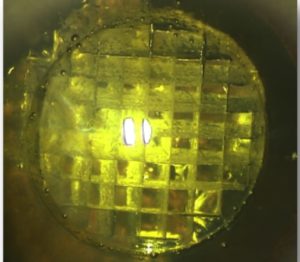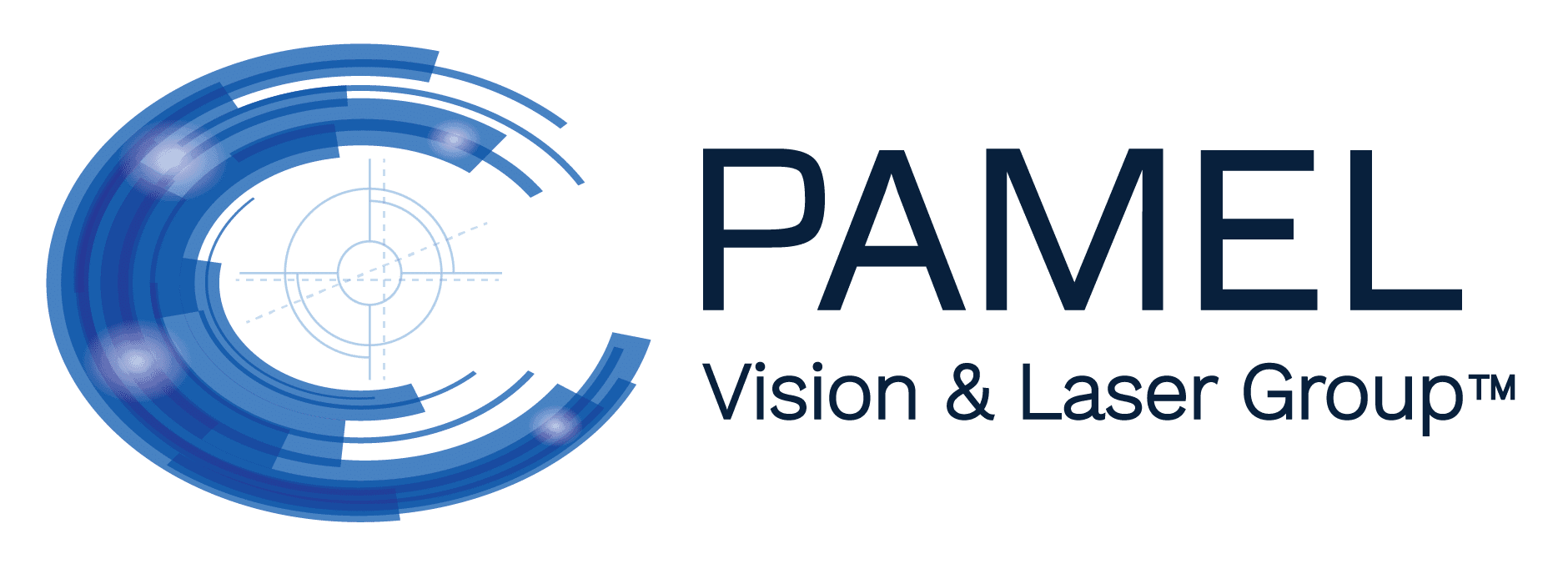Laser Cataract Surgery in NYC
The Latest Cataract Technology Working for You
Gregory J. Pamel, M.D., is one of the first laser cataract eye surgeons in New York City to offer laser refractive cataract surgery using the Optimedica Catalys Precision Laser Platform femtosecond cataract system. Dr. Pamel is able to offer the widest range of customization to his laser cataract surgery patients, and provide a custom solution that will best meet the unique needs of each patient.

Dr. Pamel is among the earliest adopters of a new advance in cataract treatment: laser-assisted cataract surgery. This new treatment automates the first steps in the cataract surgery procedure: the initial incisions (including additional incisions for correcting astigmatism, if necessary) and capsulotomy; and phacoemulsification, which is the breaking up of the cloudy natural lens in preparation for removal. These steps, performed with hand-held blades and ultrasound probes in the traditional procedure, are performed by a fast, extremely accurate, computer-guided laser. Using a femtosecond laser for cataract surgery leads to improved precision, which can be consistent with better surgical outcomes for patients.
Ophthalmology, and eye surgery in particular, is a branch of medicine where equipment and techniques are constantly evolving. Lasers, for example, have revolutionized the way vision problems are treated – think of the fact that LASIK, and laser eye surgery in general as we know it, didn’t even exist just 30 years ago! Thanks to this ever-advancing laser technology, there is now a new addition to the list of eye care options that can dramatically improve the lives of patients with cataracts: laser cataract surgery.
 The laser cataract surgery performed by Dr. Pamel replaces some of the tools and steps in traditional cataract surgery with a computer-guided laser, known as a femtosecond laser. This laser makes cataract and lens replacement more accurate and precise than previously possible.
The laser cataract surgery performed by Dr. Pamel replaces some of the tools and steps in traditional cataract surgery with a computer-guided laser, known as a femtosecond laser. This laser makes cataract and lens replacement more accurate and precise than previously possible.
To learn more about the laser cataract surgery (or femtocataract surgery) Dr. Gregory Pamel offers, please contact our offices to make an appointment. Dr. Pamel will be more than happy to determine whether you qualify for this advanced and revolutionary procedure.
Benefits
By taking traditional cataract surgery and replacing some of the tools and steps used to perform the procedure with the femtosecond laser, Dr. Pamel can produce outstanding results with improved safety and precision. The Optimedica Catalys Precision Laser Platform creates more precise incisions than the traditional hand-held surgical blade procedure; incisions that close tighter once sealed and could reduce the chance of infection. By using a laser, much of the potential for human error is taken out of the equation. This helps make the procedure more reliable with more consistent results for our laser cataract surgery patients.
Laser Cataract Surgery Procedure Details
Entry incisions: The first step in cataract surgery is to make small incisions in the eye. In laser cataract surgery, these incisions are made by the femtosecond laser rather than by the traditional hand-held blade. The laser is programmed to make the precise incisions based on the individual’s corneal anatomy.
Astigmatism correction: If the patient has any pre-existing astigmatism, the laser can now be used to correct it making very precise incisions in the periphery of the cornea. These incisions can be opened after surgery in the office to precisely correct the patient’s astigmatism.
Capsulorhexis: In order to remove a cataract, the anterior portion of the lens capsule, which surrounds the cataract-affected lens, must be removed. In the traditional cataract surgery technique, the surgeon removes the anterior capsule (termed “capsulorhexis“) utilizing a special handheld forceps. It is important that the capsulorhexis be centered over the lens to ensure proper centration of the lens implant. With the Optimedica Catalys Precision Laser Platform, the laser is able to center the capsulorhexis with a computerized picture before the start of the surgery. This ensures a perfectly centered lens implant.
Lens fragmentation: To more easily remove the lens, it is broken up into smaller, more extractable pieces. With the traditional technique of phacoemulsification, this was done with handheld metal “choppers” and/or ultrasonic probes which require the use of ultrasonic energy within the eye. More ultrasonic energy is needed for denser cataracts. This energy creates inflammation and edema (swelling) of the cornea. The automated laser cataract technique uses much lower energy to break up the lens (see figure below) within the eye, making it easier for the surgeon to remove the cataract and a safer procedure for the patient.

Lens Framentation by the Catalys® System
The remaining steps in the cataract surgery — removal of the soft parts of the lens by suction, and placement of the intraocular lens implant (IOL) — remain the same as in the traditional procedure.
Lens Implant Selection: As with traditional cataract surgery, there are multiple lens implant options to choose from, including multifocal and accommodating intraocular lenses that can help you see both near and far. The effectiveness of lens implants is dependent upon their centration within the eye. The laser cataract system almost guarantees a perfect centration every time.
Gregory J. Pamel, M.D., will be evaluating new cataract patients for suitability for the new laser cataract procedure, and will be discussing it with the patients as a potential option when appropriate.





